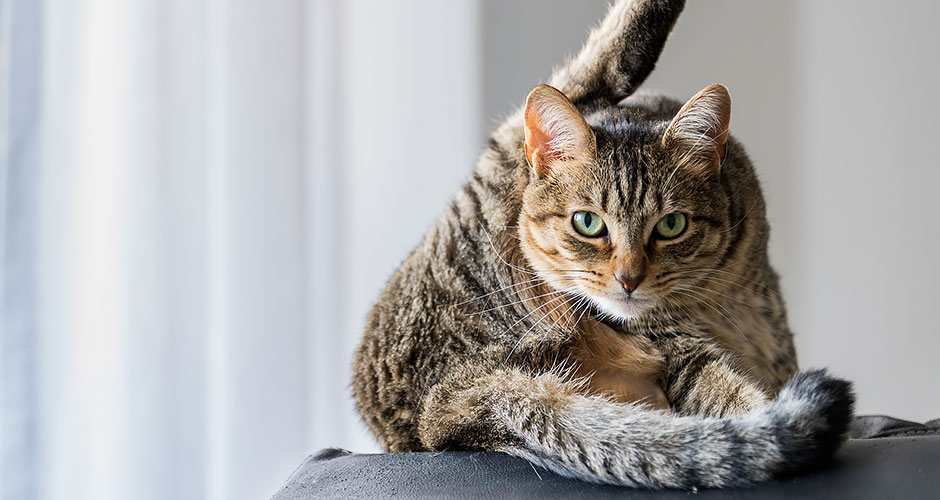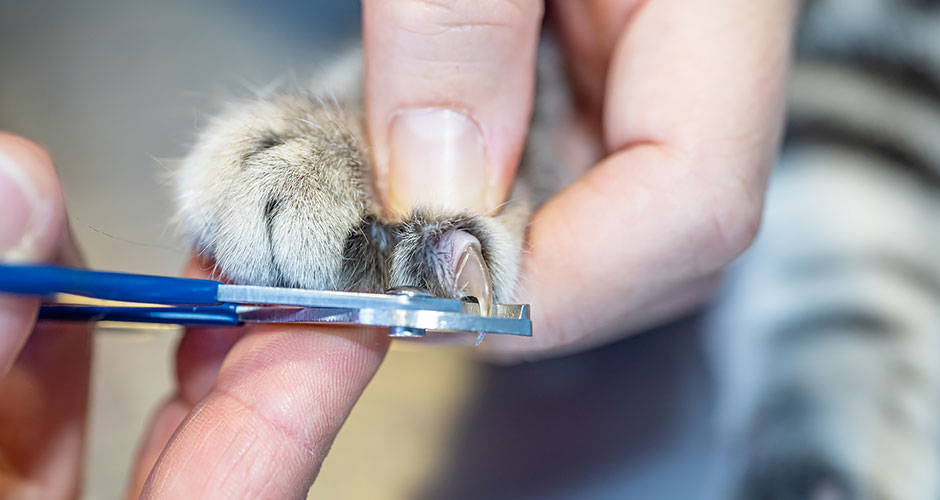
Save 35% with AutoShipUse code SAVE35 (Up to $20 max. Exclusions apply)

SAVE AN EXTRA $5 - $20 OFFUse code PETS in cart (Exclusions apply)

While efforts are made to answer all questions as quickly as possible, if an immediate answer is required or if your pet is in need of urgent or emergency care, contact your pet's veterinarian immediately.

You will receive an answer from Dr. Lindsay and our vet/tech team as soon as possible, usually the same day.
All answers are provided for informational or educational purposes only, and are intended to be a supplement to, and not a substitute for, the expertise and professional judgment of your pet's veterinarian.
It may be necessary to consult your pet's veterinarian regarding the applicability of any opinions or recommendations with respect to your pet's symptoms or medical condition.
Close
An error has occurred, please reload the page and try again.
CloseWhile efforts are made to answer all questions as quickly as possible, if an immediate answer is required or if your pet is in need of urgent or emergency care, contact your pet's veterinarian immediately.
There is no answer related to your question

Cats are avid self-groomers, spending up to 25% of their waking hours using their rough tongue to groom every part of their body. Even so, your cat will need help with their hygiene to stay clean and healthy.
Most cats have a double-layered coat that consists of a smooth, water-resistant top coat (also known as guard hairs) and a downy, insulating undercoat. Sphynx cats and rex breeds are the exceptions, lacking a top coat, an undercoat, or both.
Cats shed year-round and will shed even more during shedding seasons. Shedding seasons occur during transitory weather, usually in the spring and fall.
Brushing your cat can be a relaxing bonding experience. After all, mutual grooming is an important way for cats to bond with one another. Brushing with a deshedding brush can help control shedding, which in turn can help minimize hairballs.
When your cat grooms their coat, the tiny, backward-facing spines on the surface of their tongue propel loose fur into their mouth. It’s typical for cats to swallow small amounts of fur while they groom. This can lead to the development of hairballs. A hairball is a mushy glop of vomit made up of fur, bile, and partially digested food.
It’s not unusual for cats to occasionally cough up a hairball, but if it occurs more than once every few weeks, your cat may need a hairball supplement to help fur pass through their digestive tract.

Clip the sharp tip of your cat’s claws with a pair of clippers.
If your cat is like most, they have 18 claws, though they may have more if they are a polydactyl, a cat or kitten with benign extra toes. Most cats have four toes on each paw, plus a dewclaw on each front paw.
A cat’s claws grow in layers. As the outer sheath layer becomes dull, your cat will scratch rough surfaces (like a scratching post) to help it shed, revealing a new, sharp claw underneath. Your cat’s claws will shed their sheaths every 2-3 months.
Trimming your cat’s claws is optional. For most cats, it’s not necessary to trim their claws to prevent overgrowth, as the claws grow from the inside out. Trimming your cat’s claws can help reduce accidental scratches to your skin when you play with your cat. Trimmed claws are also somewhat less likely to cause damage to furniture.
To trim your cat’s claws, first expose the claw by gently squeezing the top and bottom of each toe with your thumb and forefinger. Then, you’ll simply use clippers or a nail grinder to remove the sharp point at the end of the claw. No need to take off length; just remove the sharp tips.
Up to 80% of cats develop some form of dental disease by their third birthday. Oral health issues can lead to gingivitis, bad breath, tooth loss, and oral infections. What’s more, oral bacteria can spread through the bloodstream, putting a strain on the heart, kidneys, and liver.
Brushing your cat’s teeth daily is the most effective way to care for their oral health. Daily brushing removes plaque before it can harden and form tartar. Apply cat toothpaste to a soft toddler toothbrush, cat toothbrush, or fingerbrush to gently clean the outer surfaces of your cat’s teeth.
Always use cat toothpaste to brush your cat’s teeth. Never use regular toothpaste for humans, as these contain ingredients that are highly toxic to cats.
Start brushing your cat’s teeth early in life, and they’ll be likely to tolerate daily brushing. For many cats, though, daily brushing is not ideal or possible.
You can use a dental water additive, brush-free gels, sprays, treats, or wipes to help clean your cat’s teeth. While brushing is the most effective option, other dental care products for cats can be highly beneficial to your cat’s oral health.
Whether you brush or not, your cat may also need regular dental cleanings from your veterinarian, which will include x-rays and thorough assessments to diagnose issues that may exist below your cat’s gumline.